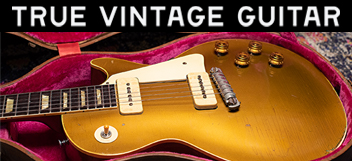Mike R.
Member
- Joined
- Jul 20, 2002
- Messages
- 321
Why does the G string sound so crappy compared to the others?
Why does it not ring as nice, sustain as long, and generally not give a crap about how it performs?
It is just the bad boy of guitar strings?
Specifics?
I just had a new bone nut (and some other work) done on my R7.
New strings and...E good, A good, D good, G ???, B good, E good...
What causes this phenomena?
Why does it not ring as nice, sustain as long, and generally not give a crap about how it performs?
It is just the bad boy of guitar strings?
Specifics?
I just had a new bone nut (and some other work) done on my R7.
New strings and...E good, A good, D good, G ???, B good, E good...
What causes this phenomena?



